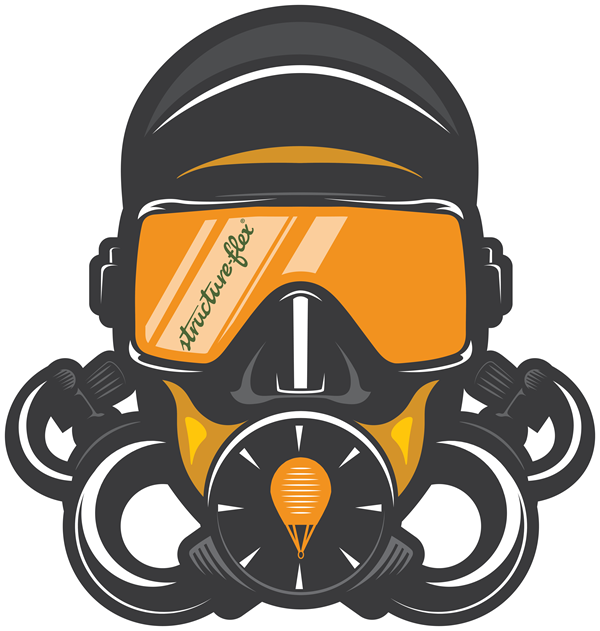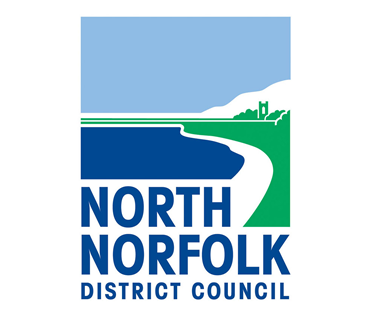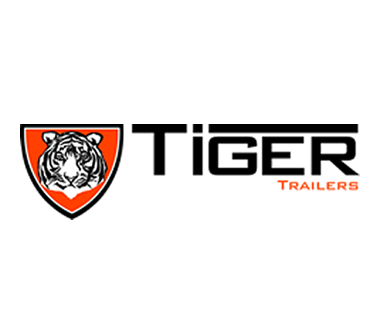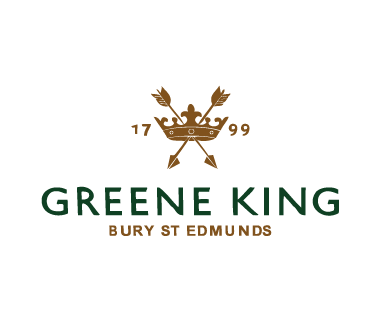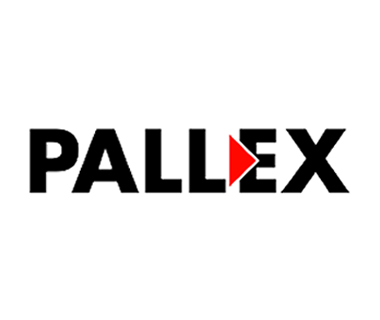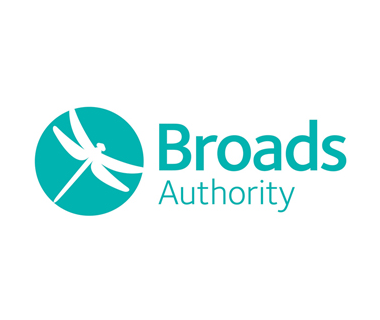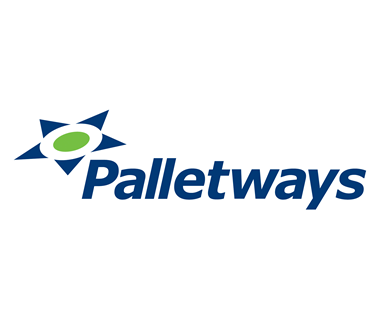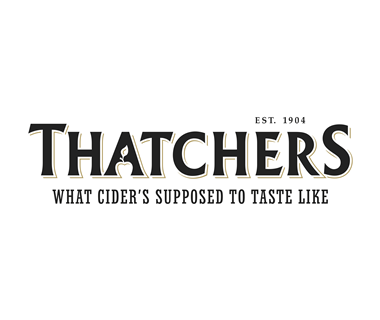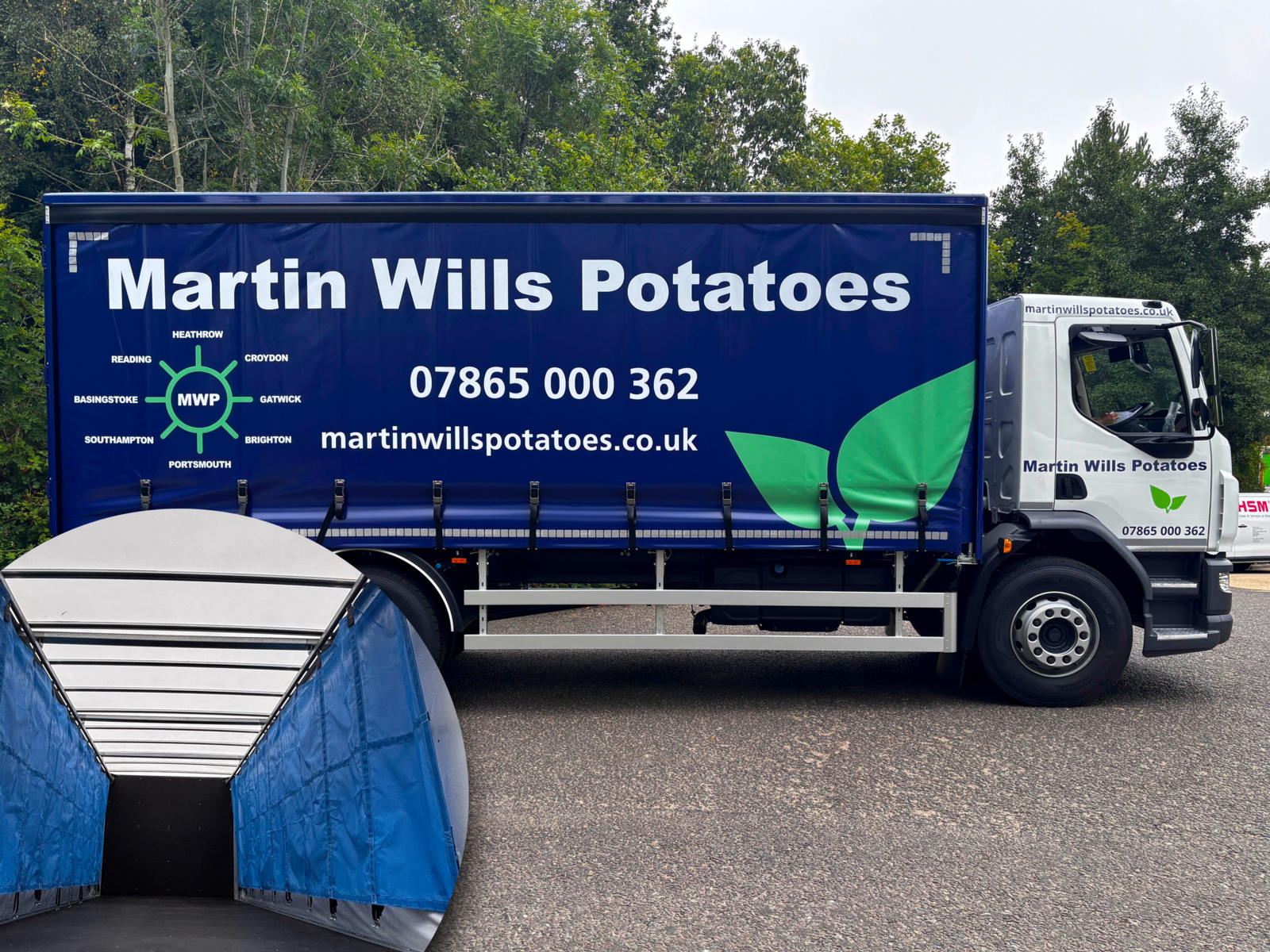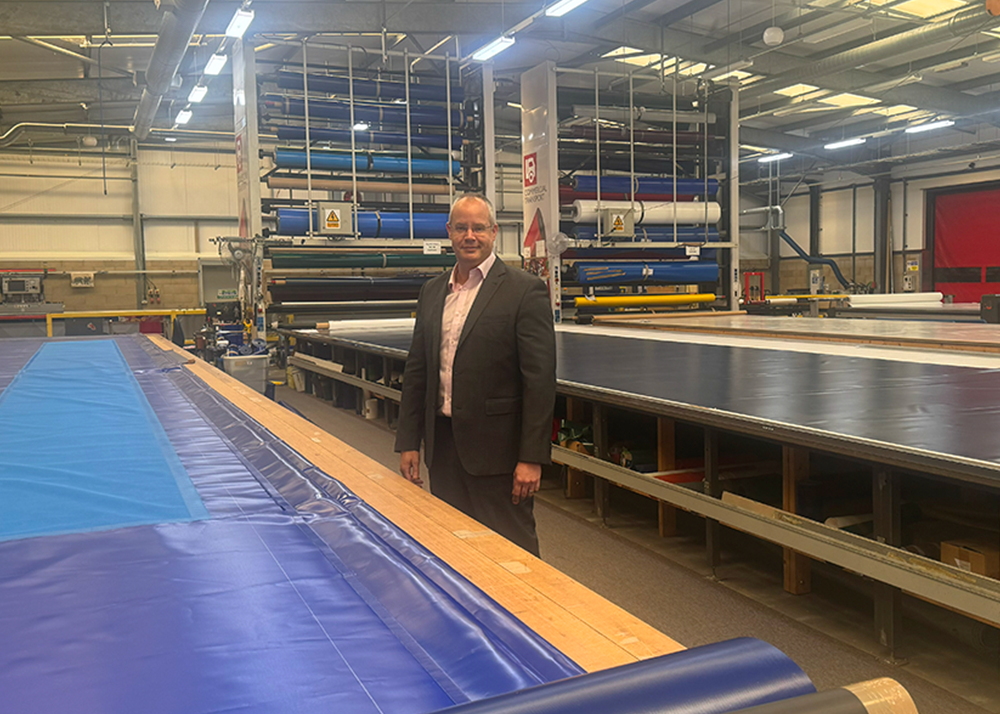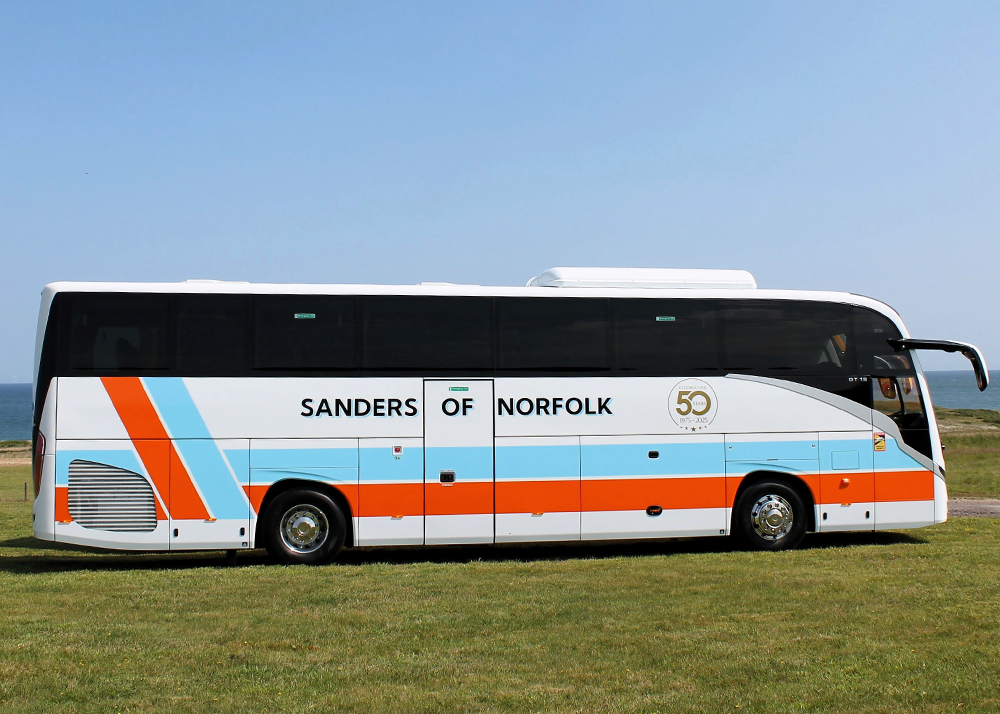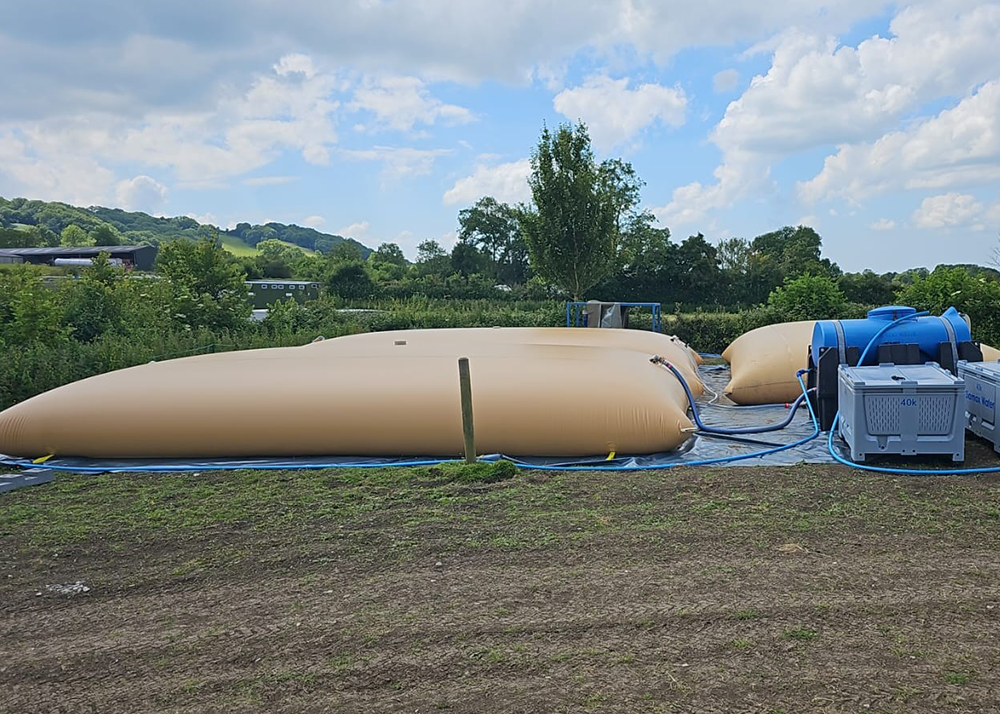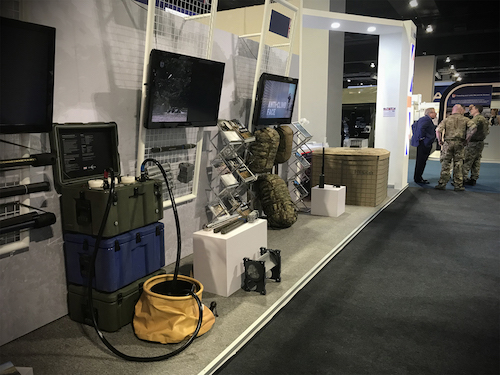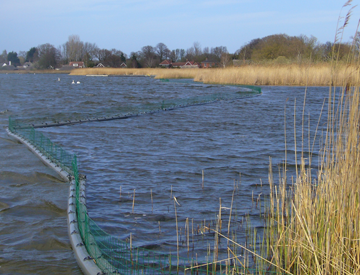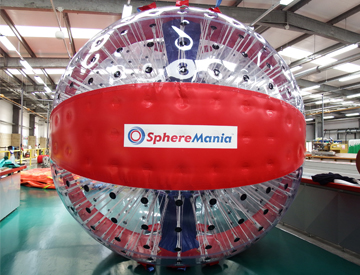Improving Lorry curtains With Lamination
Paul Reeve, Managing Director, at Structure-flex Ltd, looks at the lamination process and explains how it helps to improve the appearance and life of a digital printed lorry curtain.
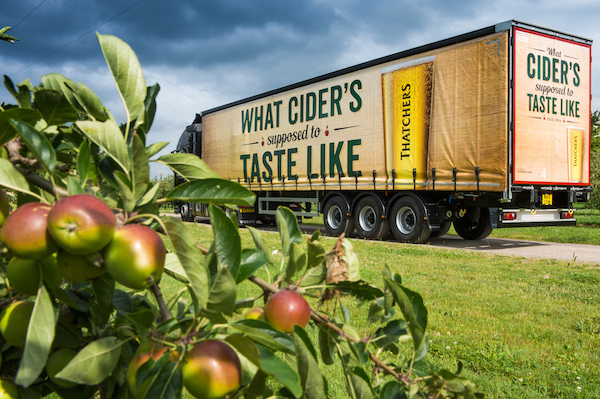 With all the different options now available in the world of print finishing, it may seem a bit daunting to figure out the importance of the process and, although it may not be obvious to the casual observer, finishing is as important a factor in print production as applying ink to media.
With all the different options now available in the world of print finishing, it may seem a bit daunting to figure out the importance of the process and, although it may not be obvious to the casual observer, finishing is as important a factor in print production as applying ink to media.
Many high quality commercial printers have a finishing department which performs a wide variety of services to enhance the function and appearance of the final printed work and finishing operations are performed at the end of the printing process with some occurring ‘inline’ - before the printing comes off the press - but many others are performed ‘offline’, which is afterwards.
Finishing is one of the most important elements of the printing process, although many fleet managers don’t give it a second thought. Good finishing, however, improves the visual quality of the end result and also increases the longevity of the lorry curtains, helping to protect a customer’s investment.
One of the key finishing methods adopted by Structure-flex for increasing the appearance and longevity of a high quality lorry curtain is liquid lamination, the process of applying laminate which is encapsulated in liquid.
While lamination adds to the cost of printing, it does add important benefits, such as: UV protection; moisture resistance; abrasion protection; and adding an attractive finish. As well as greatly improving durability, it enhances the vibrancy of the ink colours so is a popular choice for printed items that must endure heavy use.
Lamination is so important that we include it as standard as part of the printing process for full digitally printed lorry curtains, as they need to withstand the rigours of being open to the elements when out on the road.
It’s very rare that a customer specifically asks for lamination not to be included, and this is usually when there are budget pressures, but we would only recommend that under exceptional circumstances.
When a temporary solution is required, choosing to not laminate may seem like a good choice to save a little extra money but the cost savings are rarely large enough to justify the drawbacks. While protection against fading and moisture may not be of concern, protection against abrasion and the need for an attractive finish are always important.
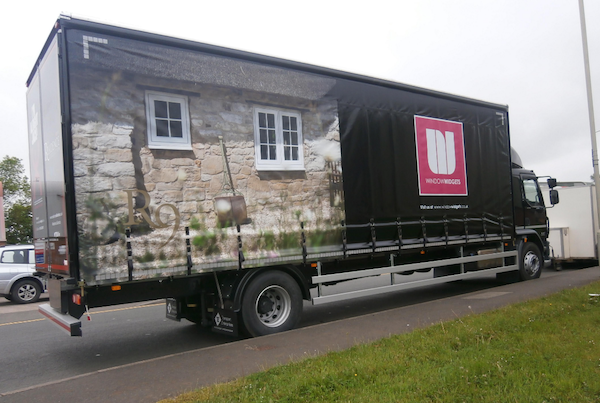 The two main methods of lamination are using liquid or film, and the chosen method depends very much on the application and the surface being laminated. When it comes to surfaces that are not flat, however, film lamination is more appropriate and while more expensive than liquid laminates, film provides a variety of choices that provide superior protection against UV and abrasion.
The two main methods of lamination are using liquid or film, and the chosen method depends very much on the application and the surface being laminated. When it comes to surfaces that are not flat, however, film lamination is more appropriate and while more expensive than liquid laminates, film provides a variety of choices that provide superior protection against UV and abrasion.
The traditional way of applying liquid laminate used to be the ‘slop and mop’ method, a two component system where a liquid substrate base mixed with an activator is applied by hand. The activator then hardens the liquid base after application.
The hand system of applying lamination is still used in the business where quantities are low or funds are restricted. This is a technically difficult process, however, and there is a large margin of error so modern printers prefer to the use of an automated laminating equipment that feeds the media through a meyer spreader bar to ensure that it’s spread exactly to the industry standard of 32 microns.
Vehicle graphics and wrapping use film lamination where firstly, ink is applied to the cast media which is then allowed to dry for 24-48 hrs, after which a cast laminate is applied to the surface. The process of drying or ‘gassing off’ as it is called, is crucial to ensure the solvents in the ink have dispersed so these processes do not affect the adhesive on the back of the cast vinyl media.
With options for different surface finishes including; matte, gloss, luster, satin, crystal, optically clear, cast, calendered, anti-graffiti, dry erase and textured, there are an increasing number of possibilities for lamination and anyone wishing to consider how these can be applied to the surface of their choice should discuss the options with a specialist.






